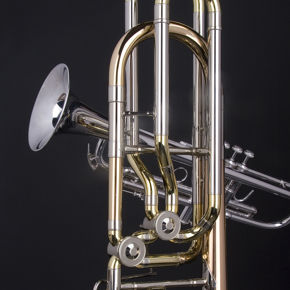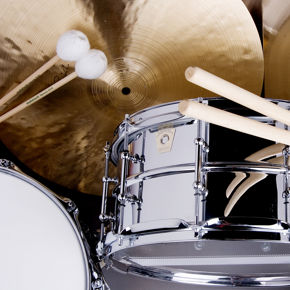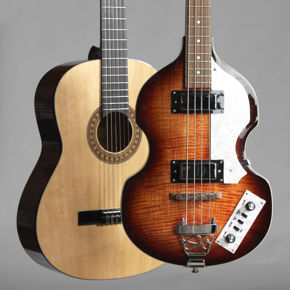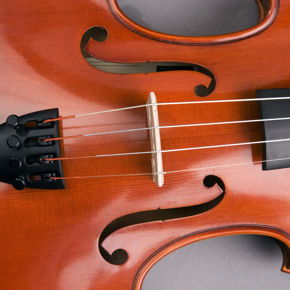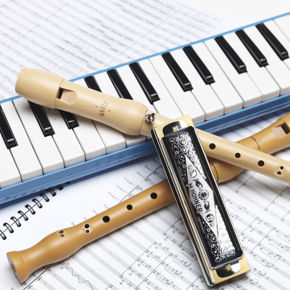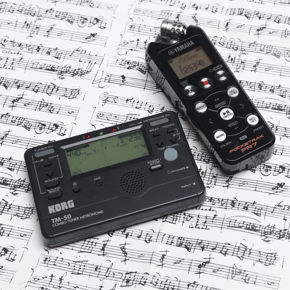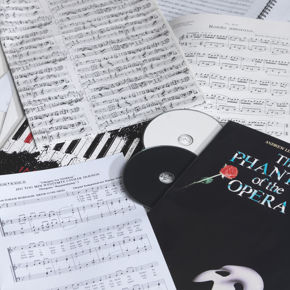Rosin Violin Kaplan Premium Dark
Tilgjengelighet: På lager
170 kr
162 kr
KAPLAN PREMIUM ROSIN
Kaplan Premium rosin is a high-quality rosin formula that delivers a clean, low-dust application. It is housed in a sleek, modern jewel case for easy accessibility. The cake within can be rotated for even distribution of product onto the bow hair.
Kaplan Premium rosin is created from the highest quality of natural materials, poured and packaged in our New York facilities under strict quality controls.
Available in a light and dark formula.
IDEAL FOR: VIOLIN, VIOLA, CELLO
PRODUCT FEATURES
- Available in two formulas: light (for less grip) and dark (for more grip)
- All-natural ingredients
- Easy-to-open case designed for single-handed use
- Suitable for horsehair or synthetic hair bows
- Designed and manufactured in our New York facility
ADDITIONAL INFO:
WHAT ARE THE DIFFERENT TYPES OF ROSIN, AND WHICH SHOULD I USE?
Players of lower instruments generally prefer softer rosin, requiring more stickiness to move their thicker strings. Players of violin and viola may prefer harder rosin for faster bow speeds and ease of bow response.
Dark rosin is usually slightly softer. However, one should not choose rosin solely on the basis of color since soft and hard rosin can be made in any color.
NOTE: Most players use too much rosin on their bow hair and rosin too often, resulting in a rough, gritty sound, and rosin build-up on their instruments. You can avoid this by applying only a small amount of rosin (3-4 swipes) at the beginning of every playing session. Wipe down your instrument and strings at the end of every playing session to avoid rosin build-up.


